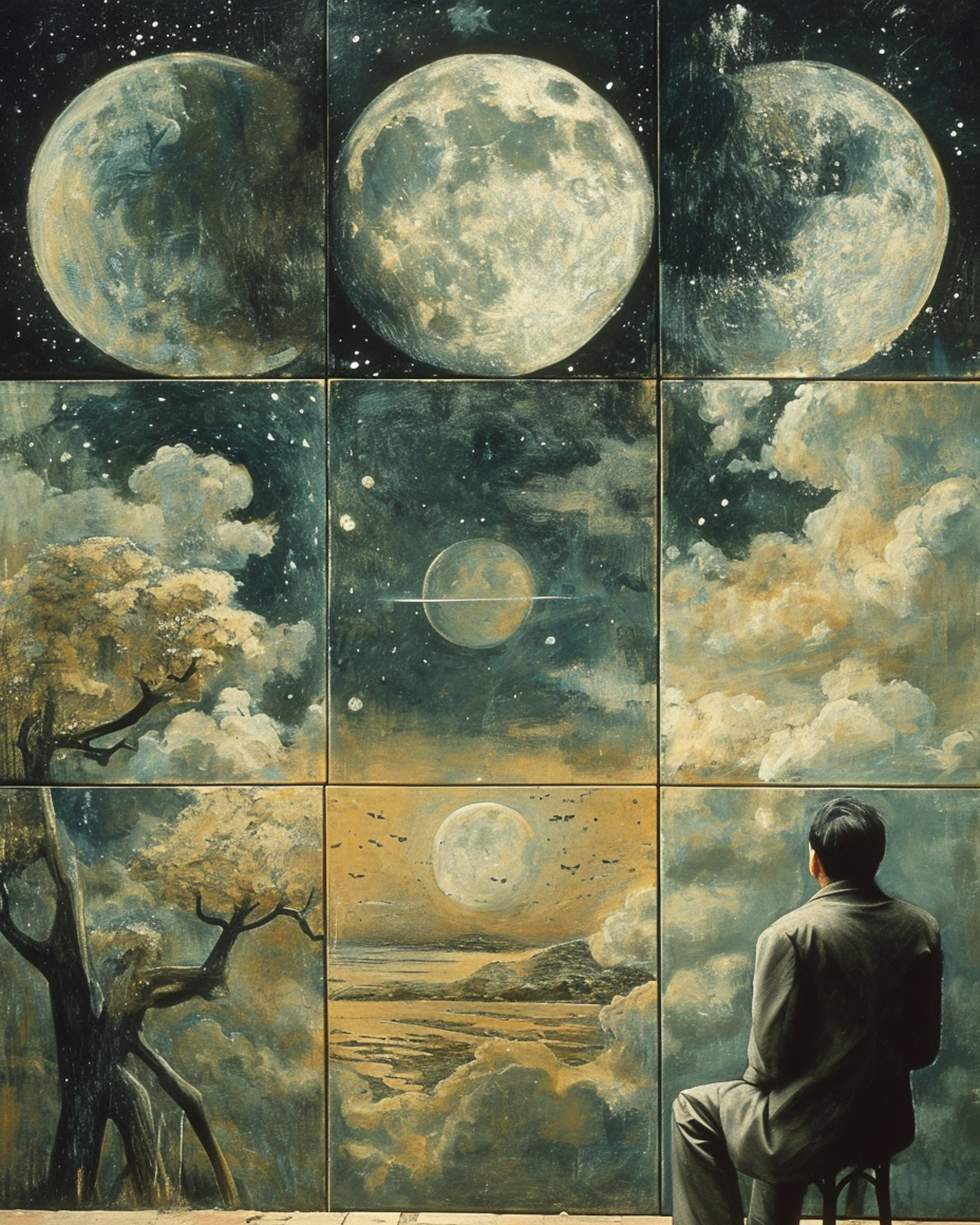
28 Nov Book of Dreams – Jorge Luis Borges
In “The Book of Dreams”, published in 1976, Borges plays with the thesis that dreams are the oldest and most complex literary genre. In his extraordinary anthology, he explores the evolution and diversity of this ancient genre – from biblical prophecies and the “Iliad”, through medieval allegorical dreams, to the pure play of Lewis Carrol. At the same time, he plays a sophisticated game with the reader, who in the thicket of literature time-honored, still encounters nightmares of Borges’s mystifications. Jorge Luis Borges (1899-1986), Argentine writer. His stories, essays and poems are a journey through the labyrinths of libraries and suburbs of Buenos Aires; erudite games and creations of the imagination; metaphysical fictions and gauchos duels; the history of eternity and the history of villainy; ironic inquiries and fear of passing time; sketches on idealistic doctrines and sonnets about unrequited love.
Certainly, I can expand the review of Jorge Luis Borges’ “Book of Dreams” to provide a more in-depth analysis.
“Book of Dreams” is an extraordinary collection that stands out in the literary oeuvre of Jorge Luis Borges, a writer renowned for his intricate explorations of philosophical and metaphysical themes. In this anthology, Borges turns his gaze inward, to the realm of dreams, where the subconscious mind weaves narratives free from the constraints of logic and reality. Borges’ narrative style in “Book of Dreams” is both enigmatic and captivating. Each dream narrative, while brief, is densely packed with symbolism and surreal imagery. The dreams are not linear stories but rather vignettes that offer a glimpse into an alternate reality where the usual rules of time and space do not apply. This non-linear structure is characteristic of Borges, who often challenges traditional storytelling techniques.
Themes and Symbolism
The book delves into a variety of themes, including the nature of reality, the concept of infinity, and the interplay of fate and free will. Borges’ dreams are laden with symbols – labyrinths, mirrors, tigers, and libraries – each a recurring motif in his body of work, representing the complexities and paradoxes of the human mind and the universe.
What sets “Book of Dreams” apart is its profound philosophical depth. Borges does not merely recount dream experiences; he uses them as a springboard for existential exploration. He questions the nature of reality, probing the boundaries between the dream world and the waking world, and challenges the reader to reconsider their perception of existence.
While “Book of Dreams” is a masterpiece in its intellectual and creative ambitions, it may not resonate with all readers. Those unfamiliar with Borges’ style or those seeking a more conventional narrative may find the book challenging and inaccessible. The abstract and esoteric nature of the dreams can be perplexing, requiring a willingness to embrace ambiguity and delve into complex philosophical concepts.
“Book of Dreams” is a testament to Borges’ unparalleled ability to fuse dreamscapes with philosophical inquiry. It is a book that does not merely tell stories but invites readers to embark on a journey of introspection and metaphysical exploration. While it may be a demanding read, it is undoubtedly rewarding, offering rich insights into the human psyche and the nature of reality. For those who appreciate literature that pushes boundaries and challenges the intellect, “Book of Dreams” is an essential read, a remarkable journey into the depths of one of the greatest literary minds.
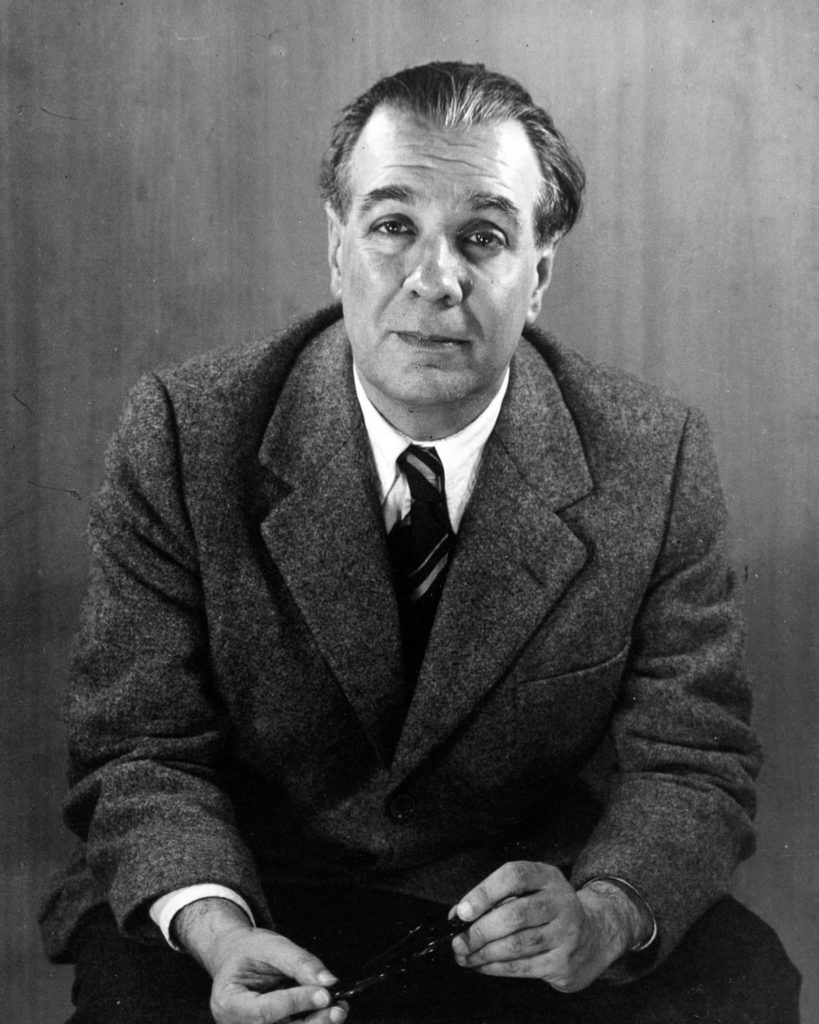

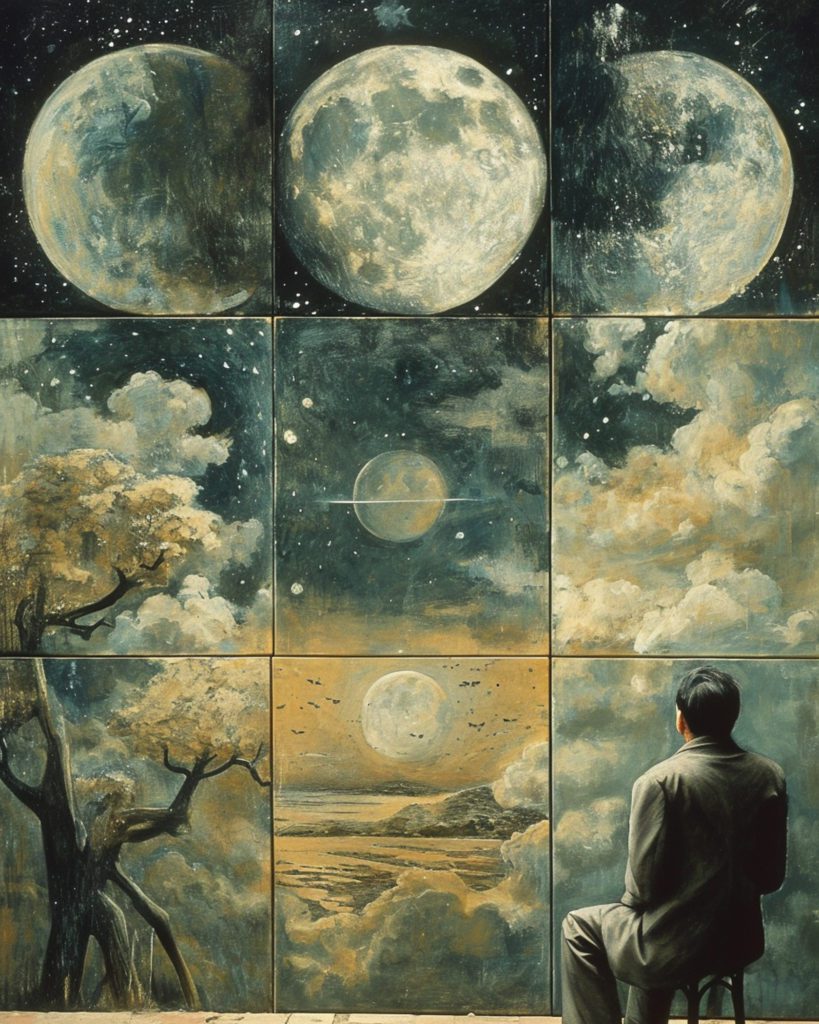
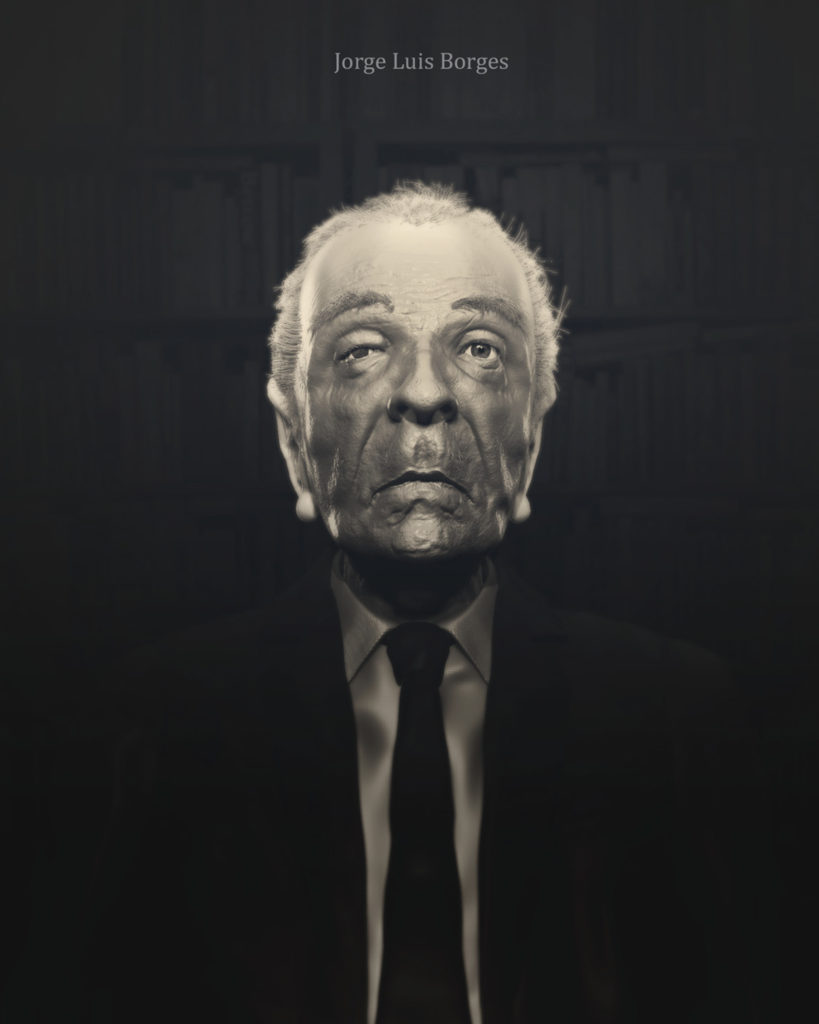
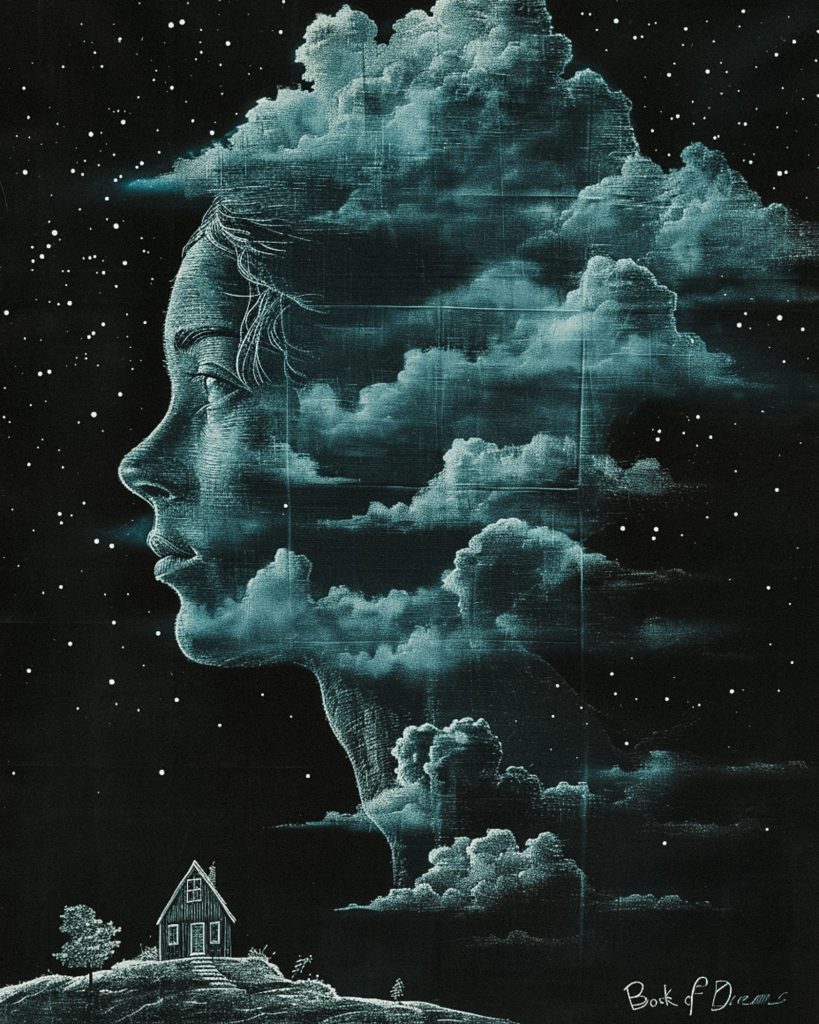
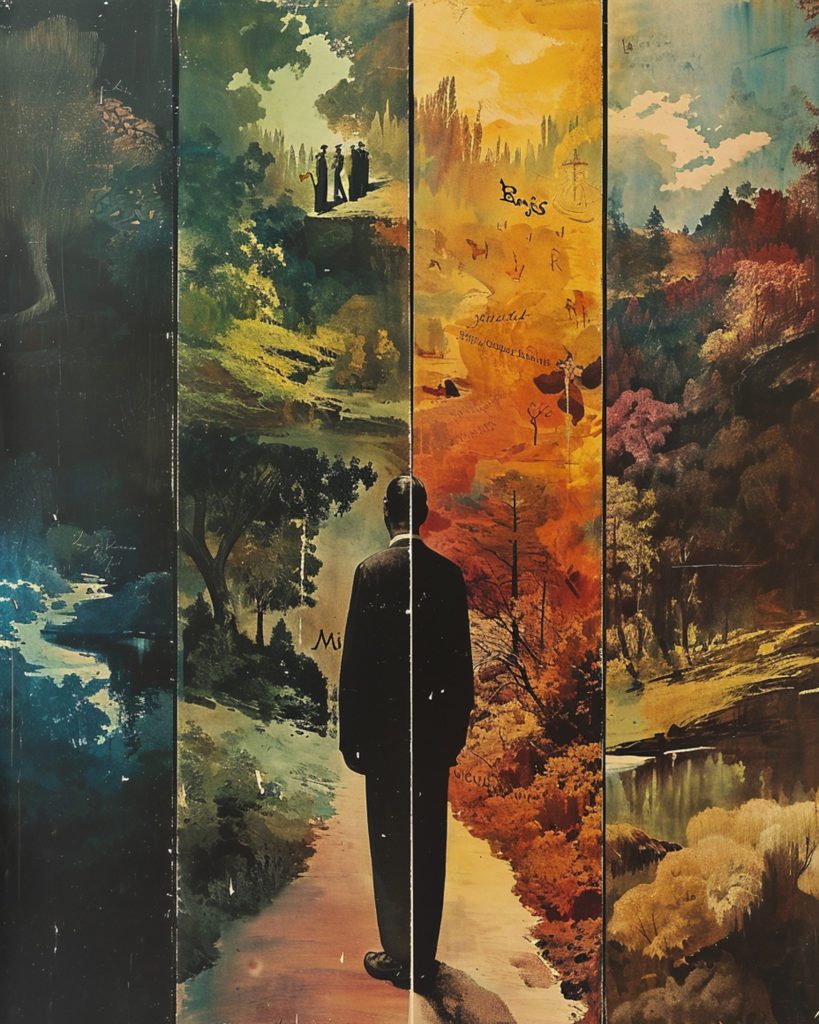
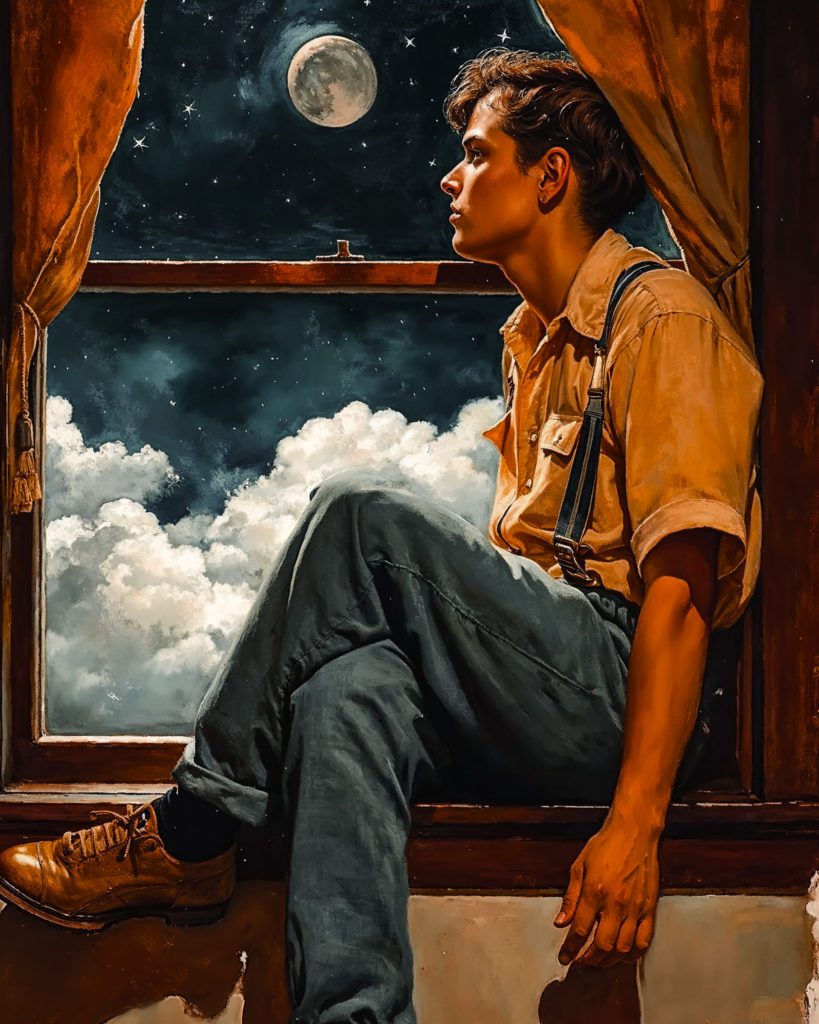

No Comments